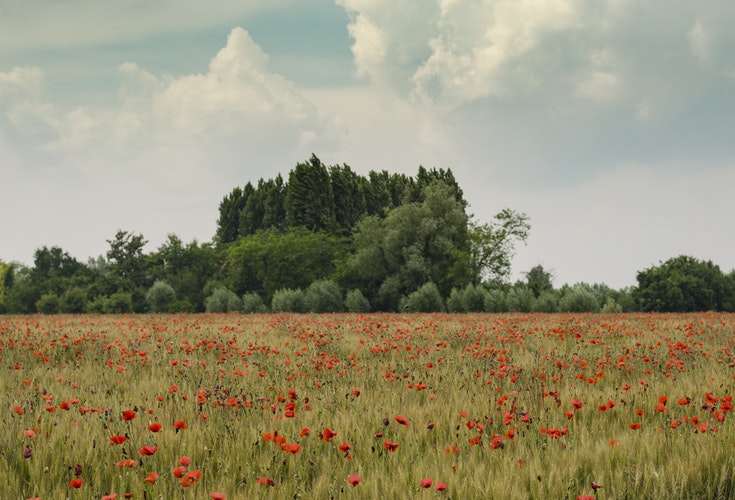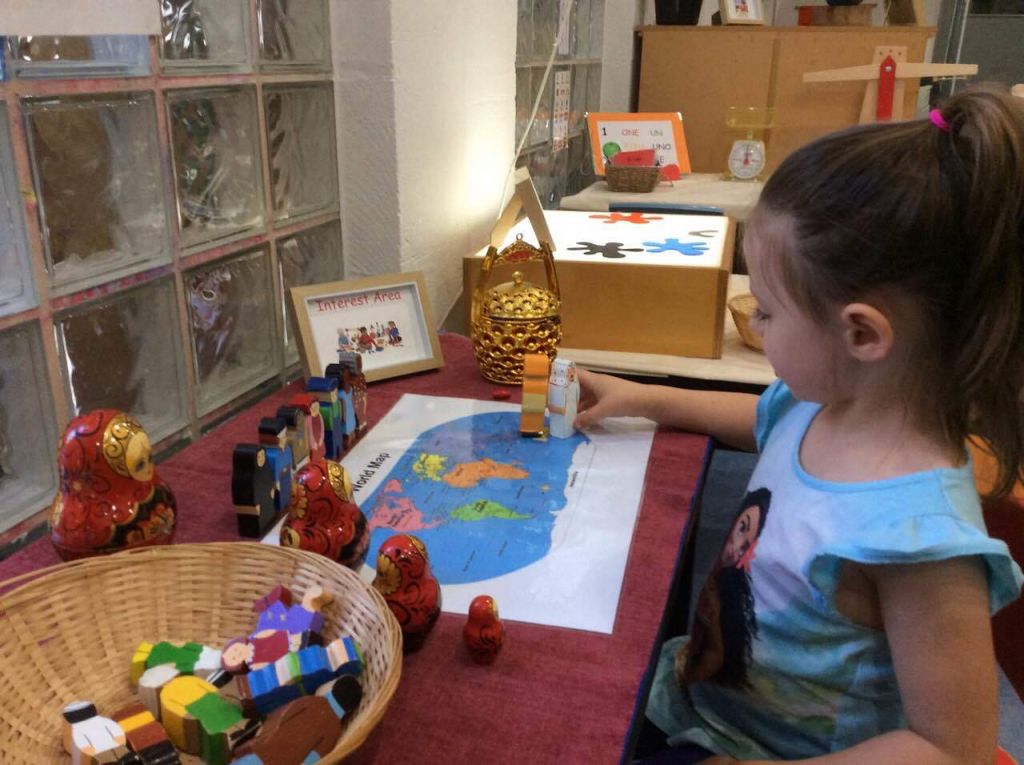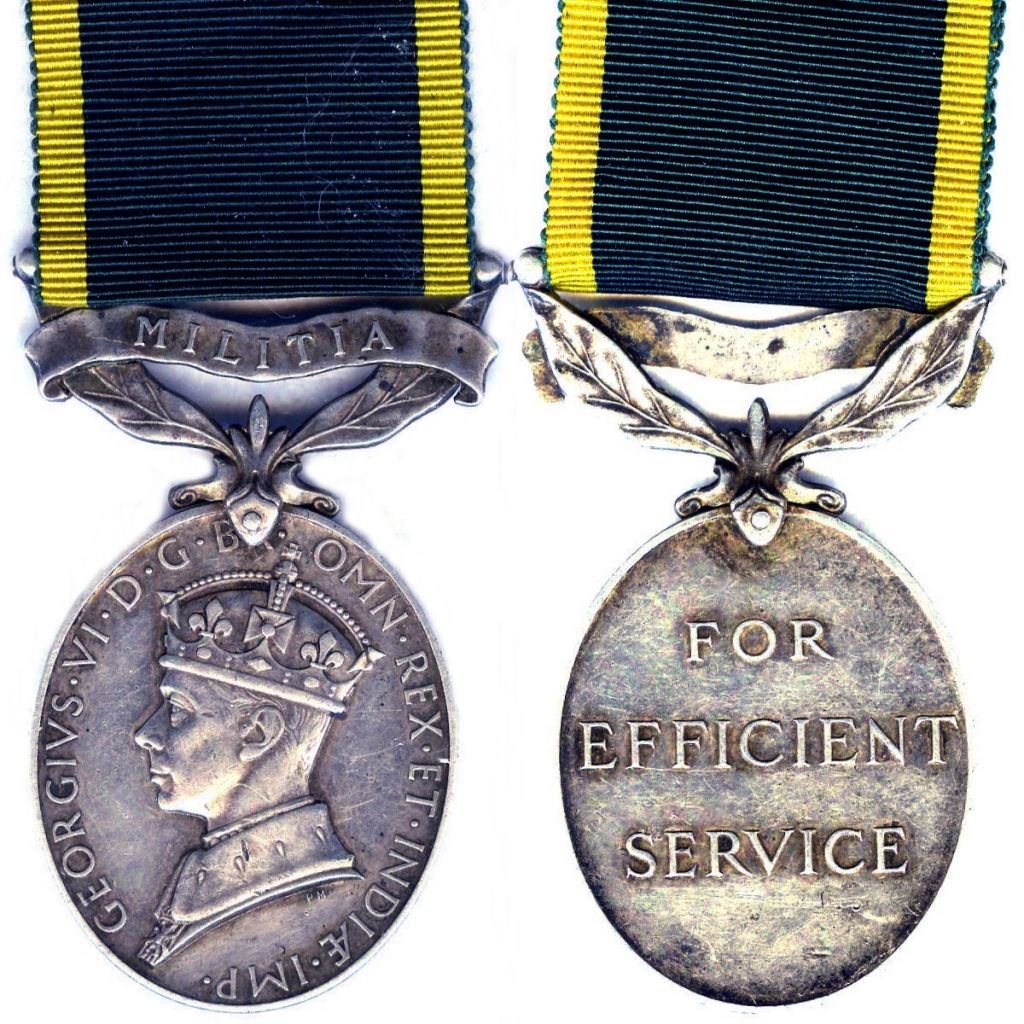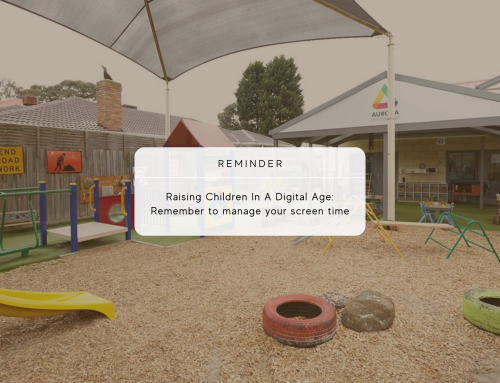In just under a month, Australians will observe Anzac Day on April 25th, the anniversary of the first military action Australian and New Zealand forces took part in during World War I. Anzac Day is seen as a day to honour Australian and Kiwi soldiers who served and were killed in wars, conflicts and peacekeeping operations in the past century.

It’s an extremely significant day for Australians, who all recognition the importance of commemorating soldiers and, at the same time, promoting peace. Young children, with their astute awareness of the world around them will recognize that Anzac Day is significant, but many parents and caregivers wonder how to appropriately explain the importance behind it to young children.
Why Discuss Anzac Day?
Nevertheless, caregivers should make it a point to observe Anzac Day with young children. It ensures that stories about Australia’s heroes and history are passed down to younger generations at a time when they are actively interested and engaged. Through discussing the history behind Anzac Day, young children come to better understand the value and need for peace. It also enhances their understanding of space (through discussing other countries), culture and identity.
At Aurora Early Childcare, we use several approaches to ensure we are teaching our young learners about Anzac Day in a sensitive but informed way.
Age-Appropriate Learning
For one, educators design their teachings based on age groups. In the Seamist studio,we focus on the idea of peace and everyone getting along. Explain that, like Harmony Day which was just celebrated, Anzac Day is a special day to look at ways to encourage peace, unity and togetherness.

In the Moonglade Studio, we also touch upon the idea that sometimes people don’t always get along, and what can happen because of this. Don’t discuss wars as a consequence of people not getting along, but rather on scenarios that young children will be able to better relate to, like feeling bad because of a fight or having no one to play with. You could also ask your little one how they feel when someone they love is not close by, which in later childhood can pave the way for discussions about soldiers being away from home and how they and their families felt. You should also focus on peace and harmony and how a close-knit society has rules that make sure everyone is getting along.
In our Kinder classroom – the Willow Walk studio, themes get a little more complex. Educators give learners more concrete information about ANZAC – what it means and how soldiers and the military work very hard to make sure everyone in Australia is safe. Stress upon why we should be grateful and respectful to our brave soldiers. We also speak about how everyone is welcome into Australia, provided they follow our rules to ensure that everyone lives happily and safely together.
The focus across ages should not be on war and death, but on the idea of peace and why following rules in society helps maintain it. If war and death do come up, don’t avoid the topic but simply briefly explain them in language young learners will understand such as talking about how countries sometimes don’t get along as how sometimes people go away and don’t come back.
Sensory Stimulation
Children learn best through hands-on learning. When teaching them about Anzac Day, it may be helpful to give them things which they can touch like medals and flags and photographs which will engage their interest and connection with the information that they’re being given.

The Anzac Day Commemoration Committee suggests that learners can plan and cook meals which soldiers may have had using bully beef and hardtack biscuits so they better understand the lives soldiers had when they were away.
On its website, the Committee also has a collection of book titles which have stories about ANZAC Day for young children as well as activities and language which one can use when exploring Anzac Day.
In the days leading up to Anzac Day, it may be worthwhile to take your children to Melbourne’s Shrine of Remembrance Borrow an Explorer Kit from the desk and encourage your child to use the magnifying glasses and kaleidoscopes to closely observe the artefacts and memorials.
Through these activities and discussions, you can sensitively introduce Anzac Day to your young learner and make way for meaningful thoughtful discussions as they get older.
Have a trip to our Childcare Centre in Rowville and Childcare Centre in Doncaster.




